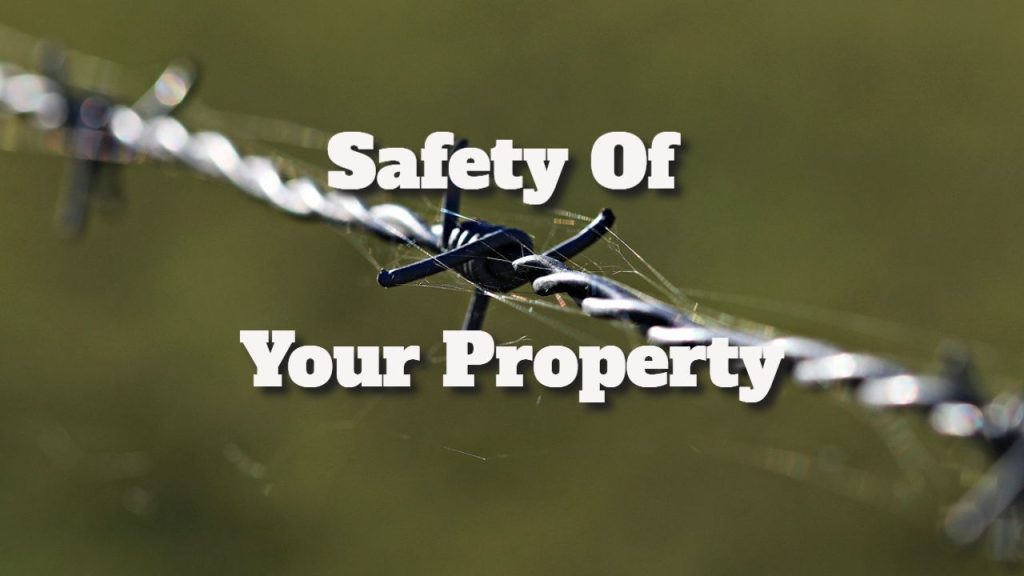Think About The Safety Of Your Property
Think About The Safety Of Your Property
There are some things that each of us owns that we want to protect from being stolen. We all want to protect someone from harm, even if it’s just ourselves.
In light of this, most of us are familiar with the property protection element referred to as delay.
We intentionally lock our doors to respond appropriately to the conduct of individuals who attempt to enter without authorisation. Every one of us is aware of the fact that a door that is locked does not prevent someone from leaving the house.
On the other hand, what other measures can be taken to prevent our property from being invaded, and what are the other three components of property protection?
Use The Razor Wire To Your Advantage.
Barbed wire is a nuisance that no one appreciates having to deal with. Even those who commit evil do not. It is not a defence that should be employed exclusively. It is possible to defeat it with wire cutters throughout the night or when it is not visible to the naked eye.
At a far higher level, he can also threaten domesticated animals, particularly domestic cats. You will say, “Well, in a SHTF event, I’m not going to care about a cat,” and you will say this. Conversely, a cat can be a fantastic source of preparedness at times!
Rats and other vermin that could put our food supply at risk or leave behind harmful droppings are the targets of their hunting. Before including barbed wire in your specs, it is essential to consider the factors above.
It would help to consider your neighbours, although this may vary depending on where you reside. A decorative wall of barbed wire visible from the street may cause worry in the United Kingdom, even though barbed wire and electric fences are frequently employed to protect residences in South Africa.
You do not want its untested dangers to be highlighted in the local media (assuming it was done lawfully and by the law), and you do not want people to be concerned about property prices plummeting. This is true even if the wire is installed appropriately and complies with the existing rules.
It is important to note that this is not the same as the “grey house” nearby. By constructing on the inside, you can avoid creating this possible problem.
Trespassing
Throw a roll of barbed wire down the stairs, which you can swiftly detangle using unlocking tape; there are various ways to conceal the coiled wire, such as using a professional radiator covered with magnetic latches. Trespassing is a criminal offence.
I will not detail the measures we have taken for security. If you investigate relays, remote controls, electromagnetic locks, and other similar devices, you can “release” your connection by utilising a remote control.
In addition to being top-mounted, it might either be spring-loaded or static. It is essential to remember that implementing safety elements to prevent activation is particularly important for youngsters.
When you are securing a short length of static barbed wire somewhere, whether it be outside, indoors, under a window, or anywhere else, it is essential to use larger screw eyes, cut the wire lengths that you will require, and mark the spots where you will connect it. This will ensure that the wire is ready to be used.
Everyone can be stopped or slowed down by barbed wire, except those who are wearing oil-stained armour, who will be sliced, squeezed, or slowed down by the barbed wire.
Imagine that the barrier is being attacked or someone is hanging inside it. In this scenario, you can quickly and affordably alarm your wire using tilt/vibration switches and attach them to your 24-hour tamper protection alarm circuit. This will allow you to prevent your cable from being interfered with.
In certain circumstances, barbed wire may be erected inside your garden, property, or fence. This may be necessary. In addition to stock lengths with screw eyes, we also provide pre-cut lengths.





